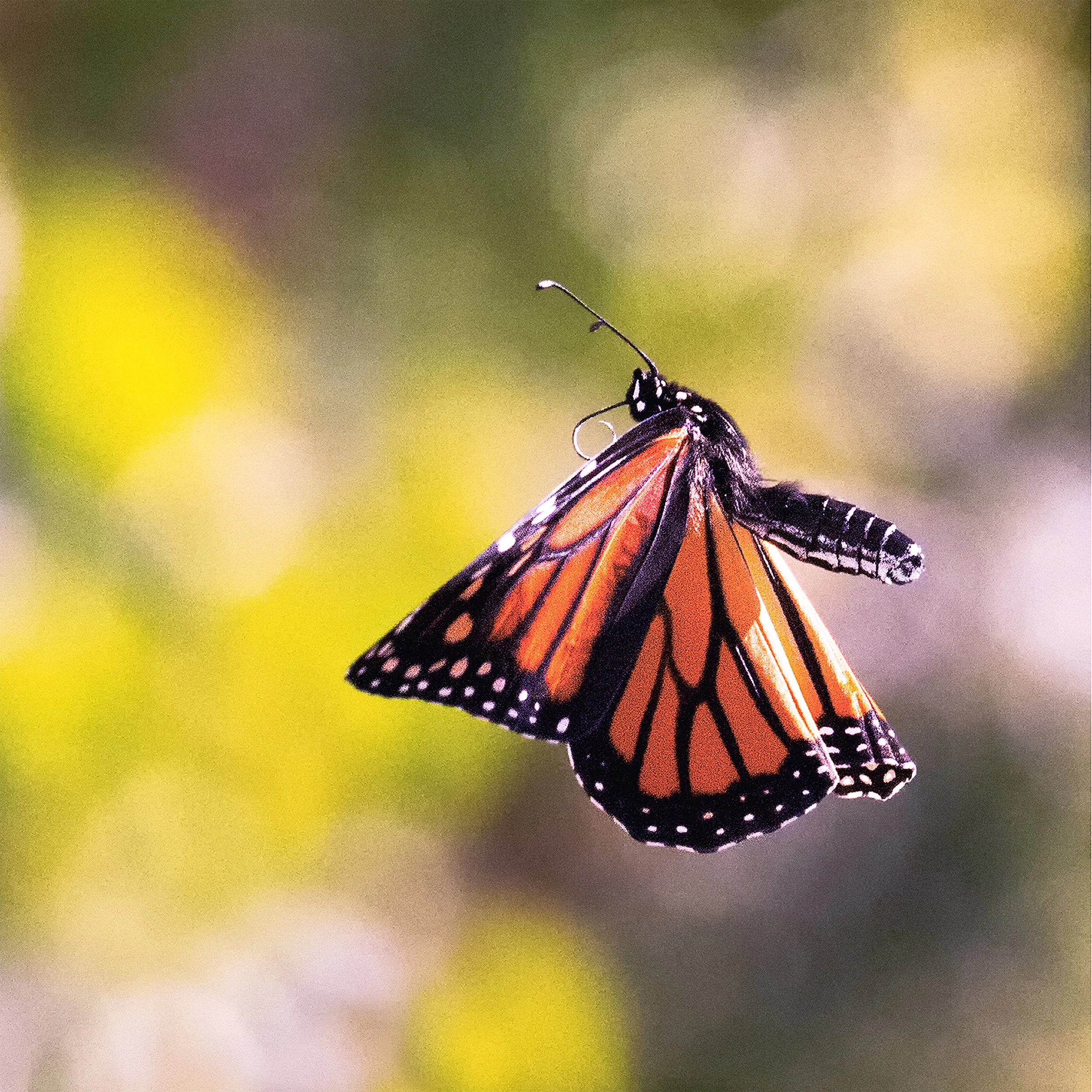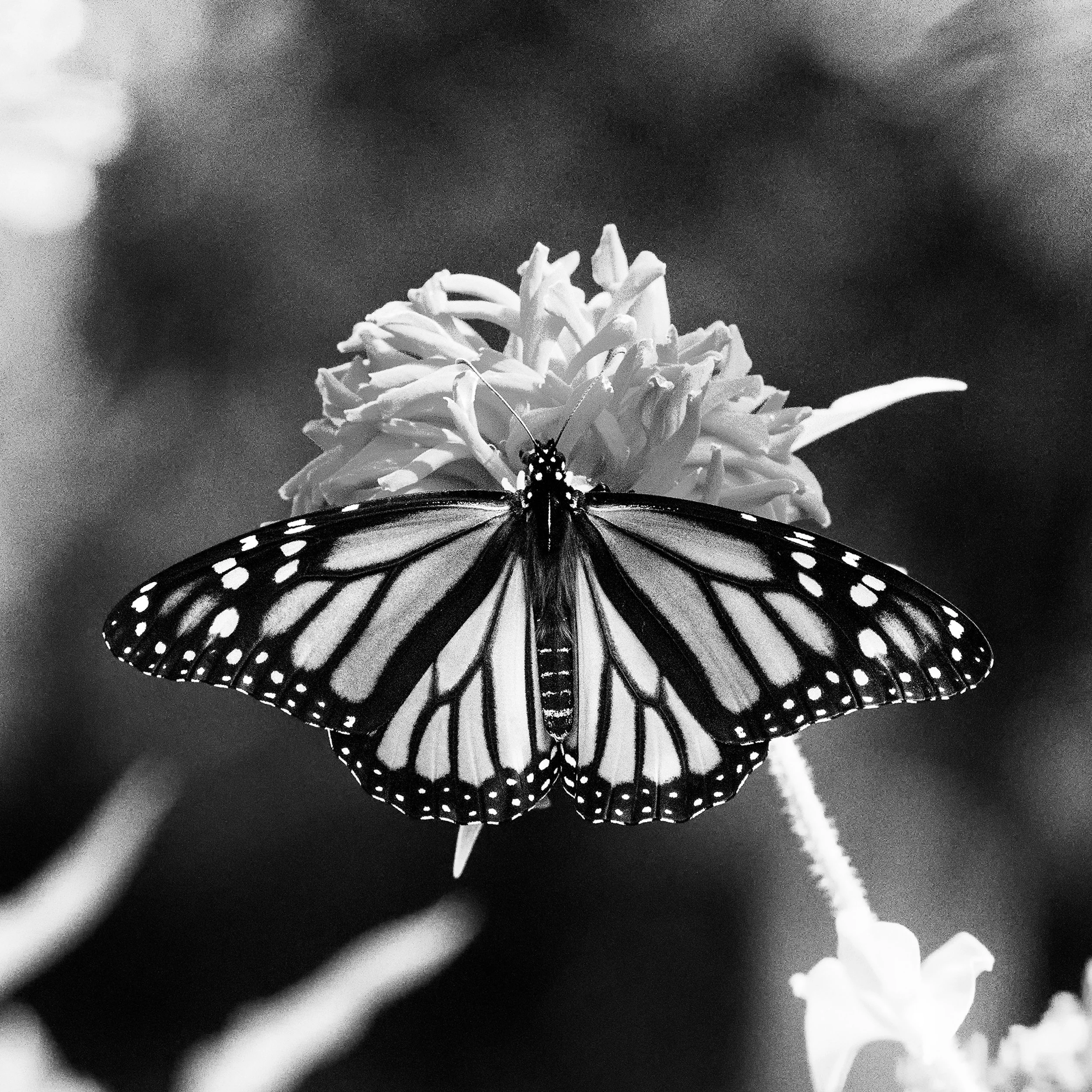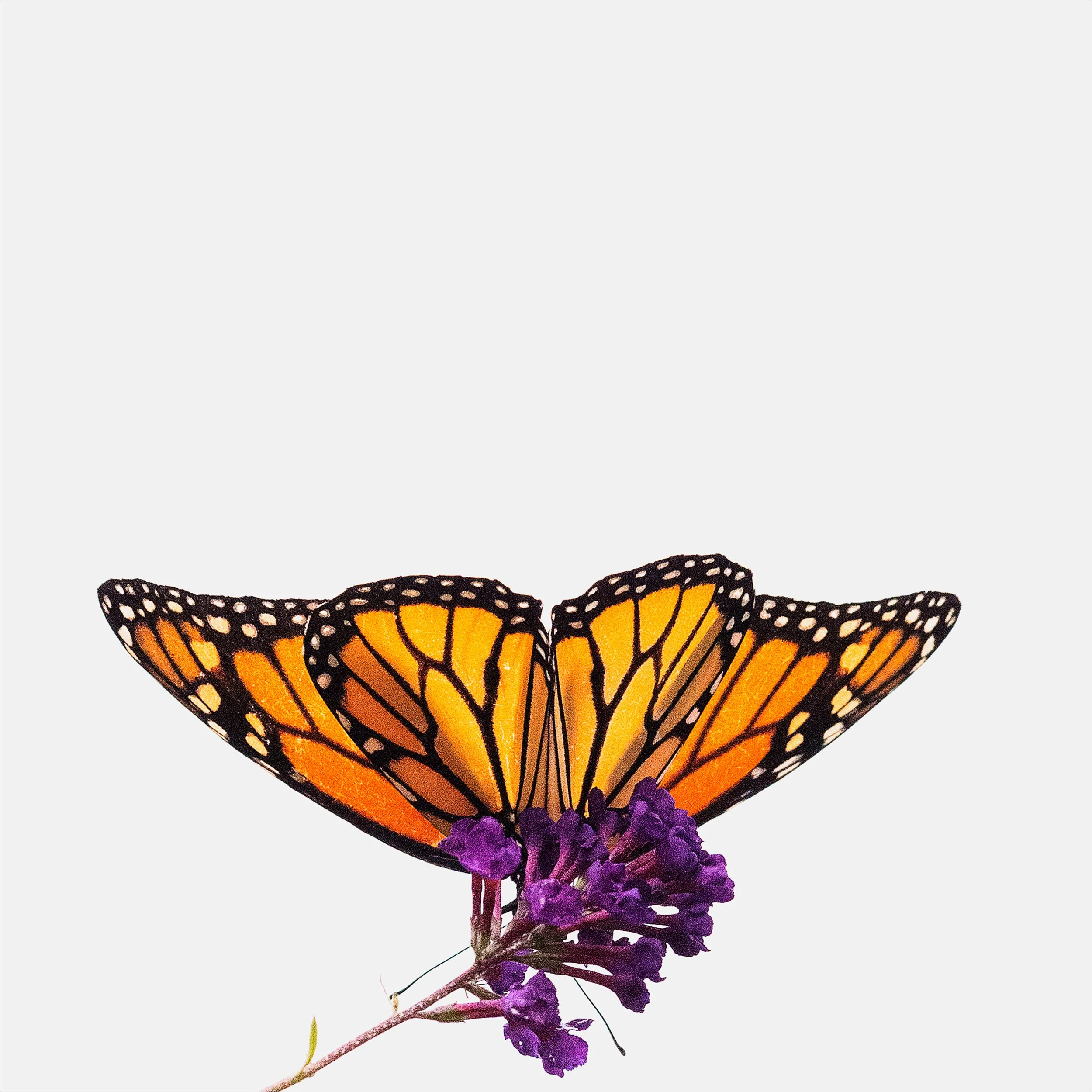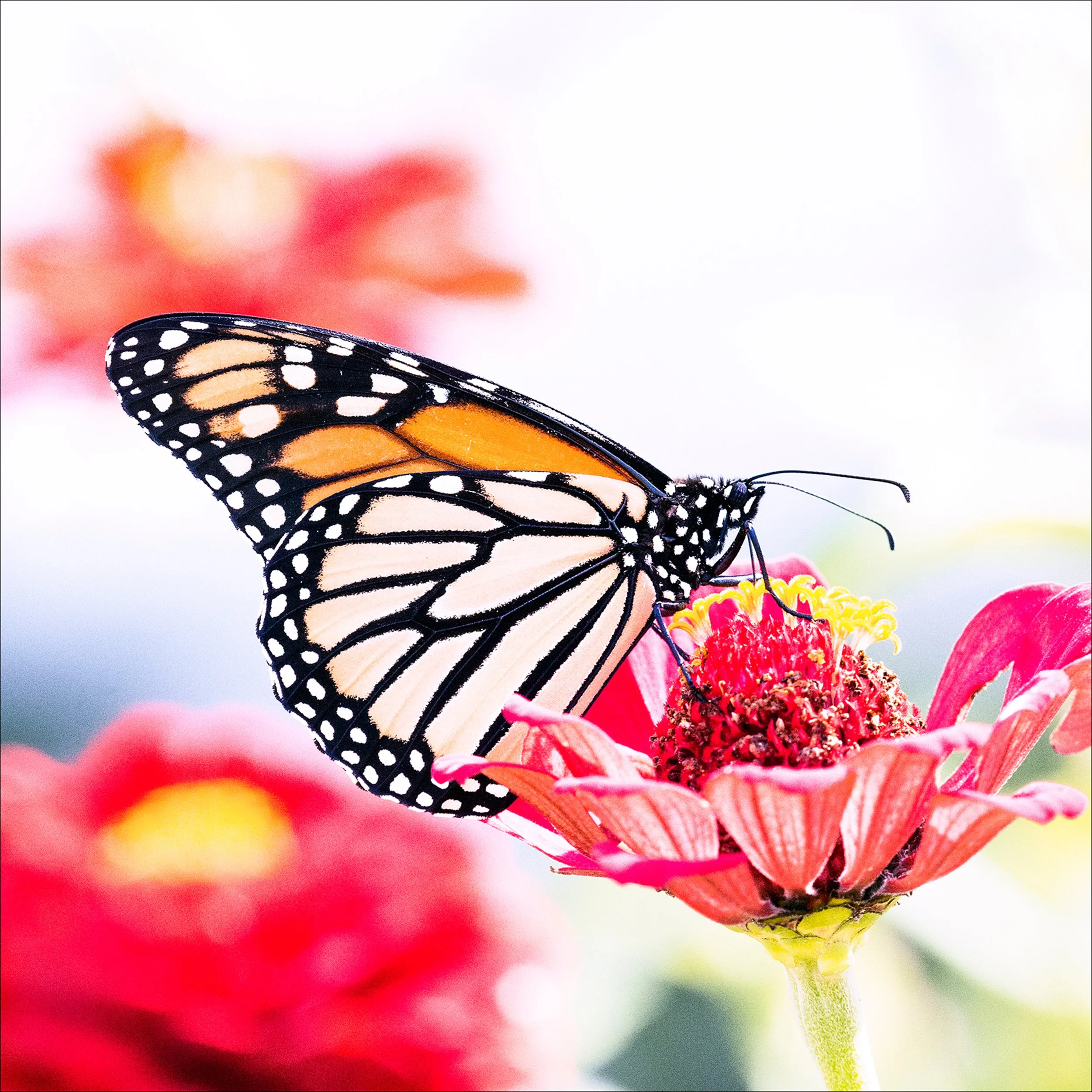Monarch Diaries – Week 4
August 27 – Happy Accident
I got it!
Monarchs jump back and then to the left before they fly.
Let’s try that again today.
I was ready. Well, I thought I was ready.
The truth is that I have had this backward all day. I was ready for this monarch to jump to my left.
When I saw this photograph of the butterfly jumping back and flying off to its right, I laughed at my opposite-ness.
What is it called when mistakes work out?
Bob Ross called it a happy accident. And it happened to me again today.
August 28 – Acrobat
On monarch-filled sunny days, there are always one or two butterflies that stand out.
I’ll tell myself; this monarch wants me to take their photograph. Sincerely, that’s how I approach it.
Sometime today, my imagination found this monarch.
I may have spent an hour photographing. It was probably more.
August 29 – Everyone Here Says Hello
Perception is almost as much fun as facts.
When I learned that butterflies touch a flower to taste the sweetness of the nectar, it changed a lot of things for me.
For a long time, it looked like they were waving hello.
August 30 – What’s in the Garden?
I have been gardening with monarchs in mind for a few years and like to try something new every season.
There are variations of annuals from zinnia, cosmos, sunflowers, nasturtium, marigolds, and more.
The garden has perennials like native milkweed, aster, autumn clematis, bee balm, coneflowers, butterfly bushes, and a few varieties of mint.
Dill and basil are more than just delicious in the kitchen; they will keep many bad bugs away.
The local birds, all the bees, the migrating monarch butterflies, and all the pollinators all share.
August 31 – What’s Not in the Garden?
I have not bought pesticides or weed killers in a long time.
There are better options for solving garden pest problems.
I started with companion planting and using safer practices to solve garden pest problems.
My grandmother would say, “Take an old spray bottle from under the sink. Mix in a light squeeze of dish soap, add a touch of new cooking oil, and about a quart of water. Use it on pesky bugs in the early morning or late afternoon when you need to.”
The recipe works, and there are many variations.
Thanks, grandma!
For weeds in my garden, a hoe or hand tool works fine. If you have the space, a rototiller or maybe a tractor does the job.
No industrial pesticides. No potent weed killers. No problem.
Please consider it for your garden, and thank you in advance.
September 1 – Nectar in Shades of Zinnia
In September, all the early season plants are worn down and out of energy to grow.
I like to sow a second round of seeds later in the summer. Planting time for those annuals is through June and early July.
It brings a late summer and early fall invitation of bright colors and fresh nectar flowers for the migrating monarchs and all flying pollinators.
September 2 – The Garden Wall
There is an old wall in the back garden. It’s 4 feet tall and 20 feet long and has been there for at least one hundred years.
It seemed like an excellent spot to plant some climbing and flowering plants looking for all afternoon sun.
I took a trip to an out-of-the-way garden center that I like.
Later that day, four clematis plants went into the ground.
After a few seasons, there is a fully covered wall of sweet-smelling late-season clematis flowers.
Monarchs and all the flying pollinators spend time there.






